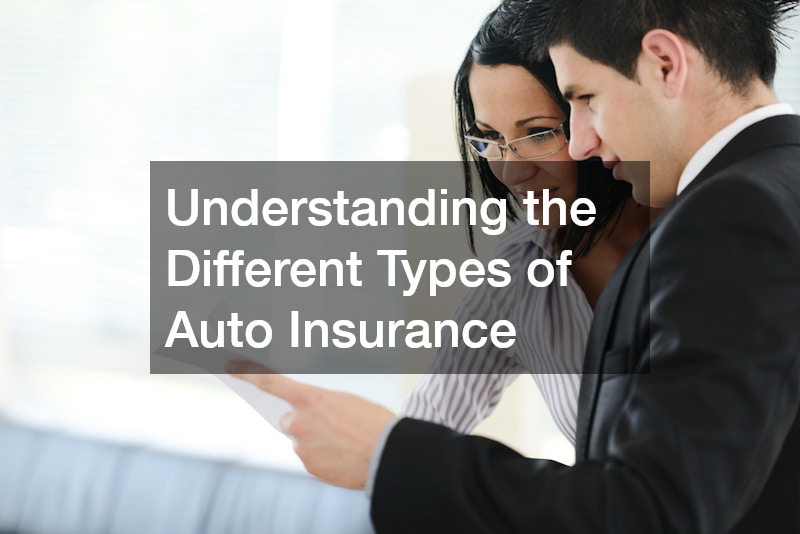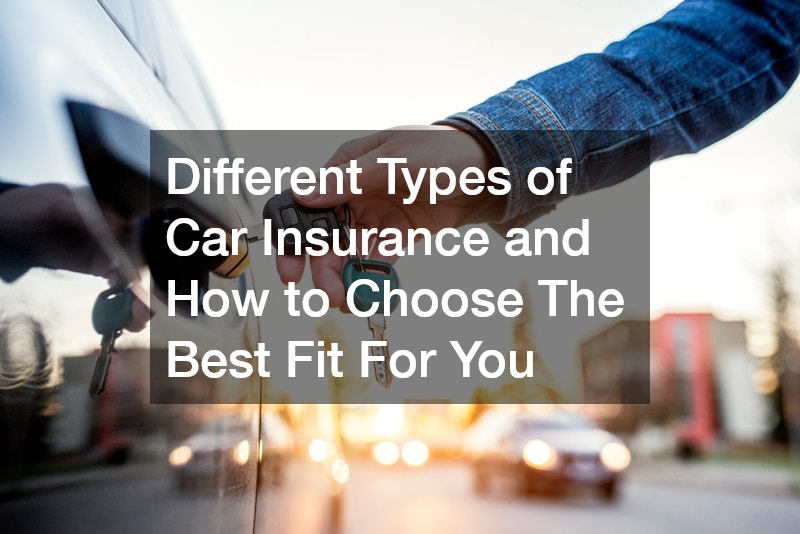
Auto insurance rates can vary significantly between different drivers and vehicles. Understanding what factors influence these rates is crucial for making informed decisions and potentially saving money. This article will explore the primary elements that affect auto insurance rates, helping you better navigate the complexities of auto insurance.
Personal Factors Influence Auto Insurance Rates
Age, Gender, and Marital Status
Insurance companies often view younger drivers as high-risk due to their lack of driving experience, which typically results in higher premiums. Conversely, many insurers offer discounts to married individuals under the assumption that they are generally more stable and responsible drivers. Gender can also play a role, with some insurers noting statistical differences in accident rates between men and women.
Age is a critical component, with premiums usually decreasing as drivers accumulate more experience and surpass certain age milestones. Married drivers frequently benefit from lower rates, reflecting the perceived lower risk they present. Gender-based pricing can vary significantly, but regulation in some regions has aimed to reduce its impact.
Driving History and Experience
Your driving history is a central factor in determining insurance premiums, as it provides concrete evidence of your behavior on the road. A clean driving record, free of accidents and violations, greatly reduces perceived risk, potentially lowering your insurance costs. On the other hand, if your record includes criminal offenses or multiple traffic tickets, insurers are more likely to raise your premiums to offset the increased risk.
Experienced drivers with a history of safe driving tend to receive favorable rates as insurers equate experience with reduced likelihood of claims. Contrastingly, high-risk drivers with poor records may struggle to find affordable coverage, pushing them towards specialized high-risk insurers. Maintaining a clean driving history is one of the most effective strategies for securing affordable auto insurance.
Credit Score Impact
In the United States, a strong credit score is often associated with a lower risk profile, impacting auto insurance rates favorably. Insurers believe individuals with higher credit scores are more responsible, manage their finances well, and are less likely to file claims. This credit-based model assumes that traits indicative of financial responsibility also translate to responsible driving behavior.
A lower credit score can lead to higher insurance premiums, even if the individual has an unblemished driving record. Not all states allow credit scores to influence insurance rates, with some considering it an unfair practice; thus, the impact of credit varies by location. In states where credit scoring is permissible, maintaining a good credit history can assist drivers in attaining better insurance rates.
Vehicle-Related Factors That Affect Insurance Premiums
Make, Model, and Year of the Vehicle
The specific make, model, and year of your vehicle heavily influence your auto insurance rates. Characteristics such as repair costs, safety ratings, and susceptibility to theft all factor into premium calculations. Luxury vehicles and sports cars often incur higher premiums due to expensive repair parts and a generally higher likelihood of theft or vandalism.
Older vehicles might be cheaper to insure because their repair costs are often lower, and their market value is diminished. However, this is not always the case, as older cars might lack advanced safety features that new cars have, potentially increasing risk. The balance of these factors leads insurers to adjust premiums based on the perceived overall risk of each vehicle type.
Vehicle Safety Features
Investing in a vehicle equipped with advanced safety features can substantially reduce your insurance premiums. Safety systems like anti-lock brakes, multiple airbags, and collision warning systems decrease the likelihood of accidents and reduce injury severity. Insurers often recognize such features by offering discounts to policyholders with well-equipped vehicles.
Vehicles with robust safety mechanisms are statistically less likely to be involved in severe accidents, presenting less risk to insurers. The proliferation of modern technology in vehicles has led insurers to reassess how these innovations impact overall risk assessments. Comprehensive safety packages can favorably affect your premiums, promoting safer driving environments across the board.
Usage and Mileage
The manner and frequency in which you use your vehicle play a critical role in determining your insurance rates. Vehicles that are driven less frequently are generally at a lower risk of accidents, often resulting in reduced premiums. Low-mileage drivers might even qualify for specific discounts, underscoring the impact of usage on insurance considerations.
High-mileage drivers may face increased auto insurance rates because frequent use correlates with a higher probability of encountering road hazards. Usage-based insurance programs track driving habits, providing additional data for insurers to tailor premiums more accurately. This approach rewards drivers who demonstrate low-risk behaviors, potentially leading to reduced rates.
How Location Influences Auto Insurance Rates
Your geographical location is a significant factor influencing auto insurance premiums due to regional risks and characteristics. Urban areas typically experience higher premiums because of increased traffic density and a higher likelihood of accidents and claims. Rural residents may benefit from lower rates, attributed to less crowded roads and reduced accident frequencies.
State-specific insurance regulations can significantly affect the cost and coverage options of auto insurance for residents. Each state enacts varying policies addressing minimum liability coverage levels, no-fault insurance models, and additional requirements. These regulations shape how insurers evaluate risk and calculate premiums for policyholders within that state.
Crime rates and weather patterns within your locality are notable determinants of auto insurance premiums due to their impact on risk assessment. Areas prone to high rates of vandalism and theft will typically incur increased premiums as insurers account for the likelihood of claims. Adverse weather conditions, such as frequent storms or flooding, further contribute to raising insurance costs by elevating the risk of damage.
Several factors determine auto insurance rates, from personal and vehicle-related elements to geographic influences. By understanding these variables, you can make more informed choices about your coverage options and potentially lower your insurance costs. Being proactive, such as maintaining a clean driving record and considering the type of car and where you live, can all contribute to more favorable insurance rates.
.





